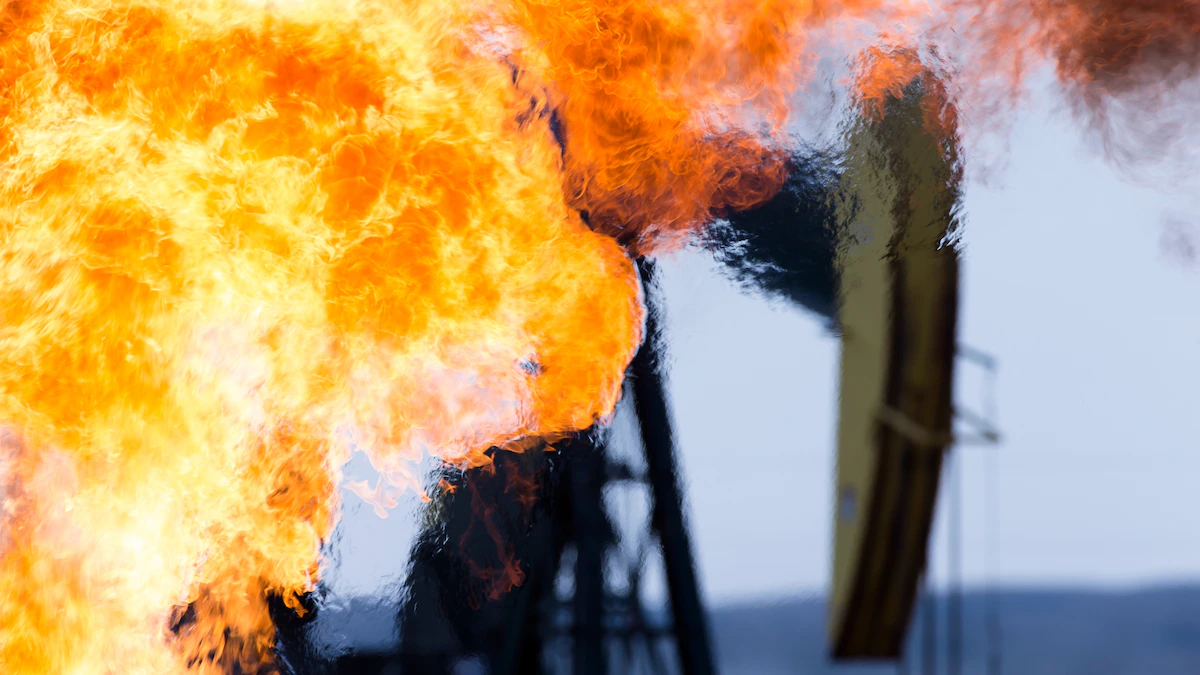
What fracking is doing to the Earth—and to our bodies
How did your country report this? Share your view in the comments.
Diverging Reports Breakdown
What fracking is doing to the Earth—and to our bodies
Hydraulic fracturing was invented in 1947 and rolled out to the commercial market in 1949. A single well can use between 1.5 and 16 million gallons of water. The mixture of water and sand blasted into the well also contains chemicals that prevent corrosion in the drilling equipment and reduce friction. The water is either treated and then discharged into streams, reused in further fracking operations, or pumped into deep disposal wells.
(How has fracking changed our future?)
Water tanks are filled for hydraulic fracturing in Vaca Muerta, Argentina. Hydraulic fracturing, also known as fracking, uses anywhere from about 1.5 million gallons to about 16 million gallons per well Photograph by Cristian Martin, Getty Images
The growth of fracking
Hydraulic fracturing was invented in 1947 and rolled out to the commercial market in 1949. Investments and technical developments led to a fracking boom as well as significant growth in U S. oil and gas production in the early 21st century.
Advocates of fracking hold it up as a step forward in reducing global warming because when natural gas burns, it emits only about half as many greenhouse gases as coal. In his 2014 State of the Union speech, former President Barack Obama asserted that, “If extracted safely, [natural gas] is the ‘bridge fuel’ that can power our economy with less of the carbon pollution that causes climate change.”
The Independent Petroleum Association of America says that fracking “has created millions of American jobs, reduced energy prices, brought cleaner air…strengthened our national security, and transformed the United States into a global energy superpower.” However, some media reports have suggested that the industry’s claims of job creation have been inflated and that an initial boom in employment was followed by a significant loss as cheaper oil and gas prices—ironically partly fueled by the fracking boom—caused the industry to cut back.
Source: https://www.nationalgeographic.com/environment/article/what-is-fracking-hydraulic-fracturing
